The prices of your products make a big difference in your sales and the perception of your brand. We’ll walk you through some common product pricing strategies and how to choose one of your own.
The Main Product Pricing Strategies
These are the different pricing strategies that make up how most businesses set their prices.
1. Value-Based Pricing
A value-based pricing strategy is pricing products or services based on what the customer is willing to pay based on customer interest and data.
Value-based pricing can boost customer loyalty and help you prioritize your customers’ needs in all parts of your business. However, it requires a deep knowledge of your buyer personas and the differences between customer segments.

2. Competitive Pricing
Competitive pricing, also known as competition-based pricing or competitor-based pricing, uses competitors’ prices as a benchmark for setting their own. This pricing model doesn’t take the costs or consumer demand into account. It can be useful for highly saturated markets where a slight difference in prices can make a huge difference to consumers.
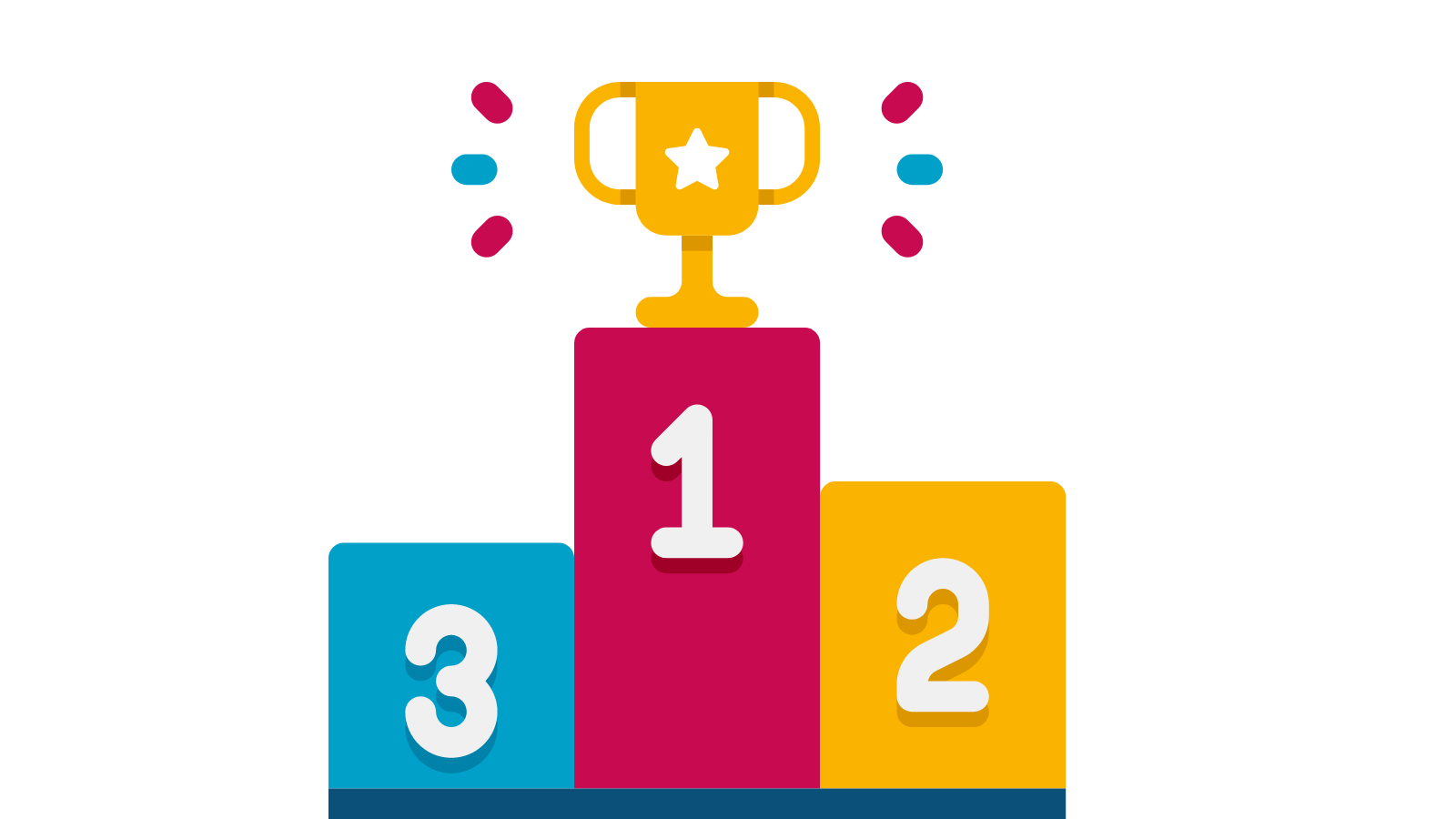
3. Price Skimming
Price skimming strategy involves setting a higher price for a new product and setting a lower price later on. Price skimming works best with products that have high consumer demand and little competition like electronics and video games. The idea is to capitalize on popularity and scarcity.
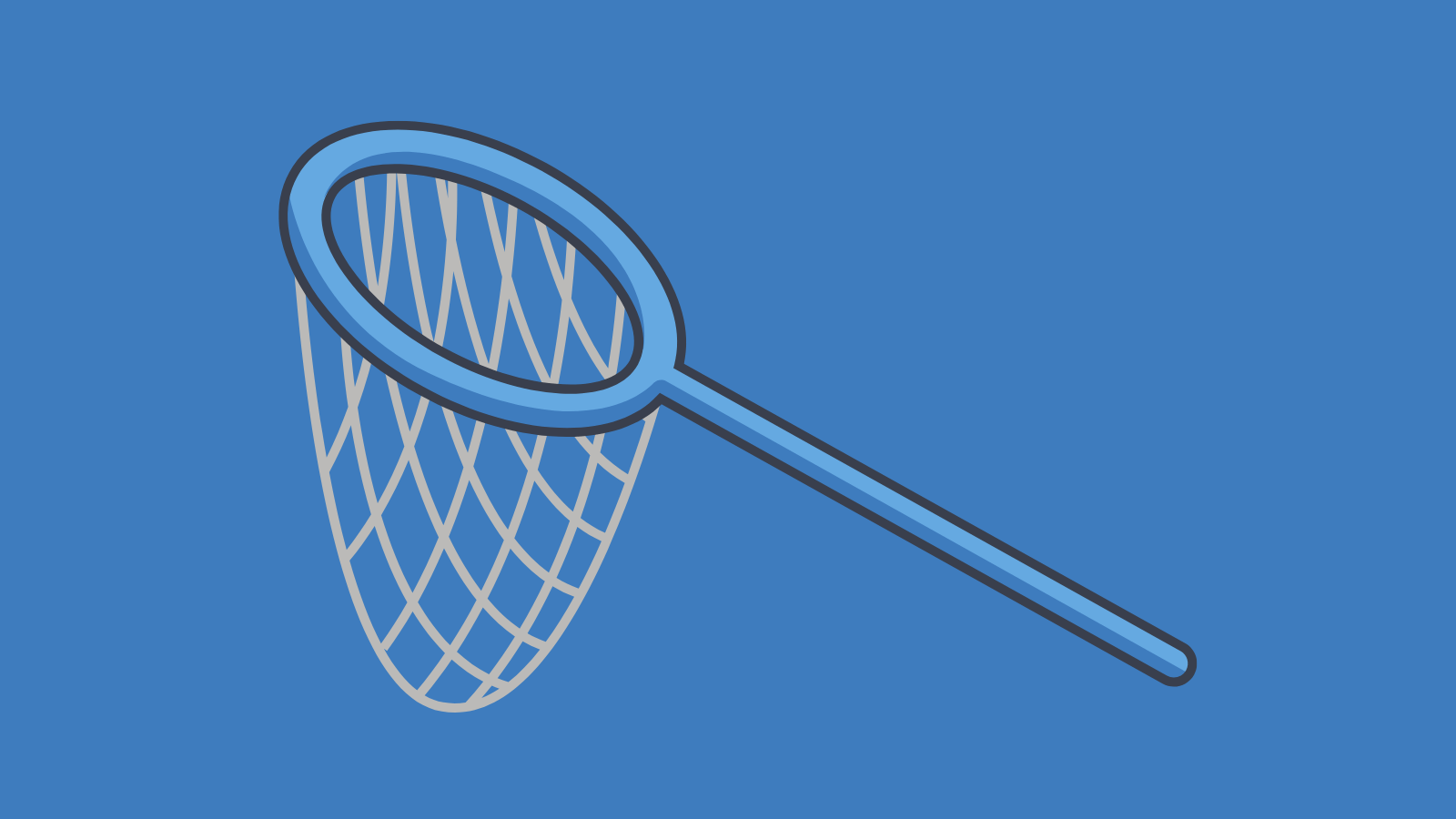
4. Cost-plus Pricing
A cost-plus pricing strategy, also known as markup pricing, involves calculating the production costs for the item and adding a markup to make a profit.
For example if a product costs $25 to make and you wanted to make a $25 profit on each sale, you’d set a price of $50. That would be a markup of 100%. Cost-plus pricing is used most often by businesses that sell physical products. It’s not a good fit for service-based businesses.

5. Penetration Pricing
Penetration pricing strategy involves entering the market with an extremely low price and setting a higher price later. The idea is to draw attention and revenue away from competitors with higher prices and hope that early adopters stick around after the price increases. You can think of it as the opposite of price skimming. This pricing method works best for brand new businesses that are breaking into an existing, competitive market.
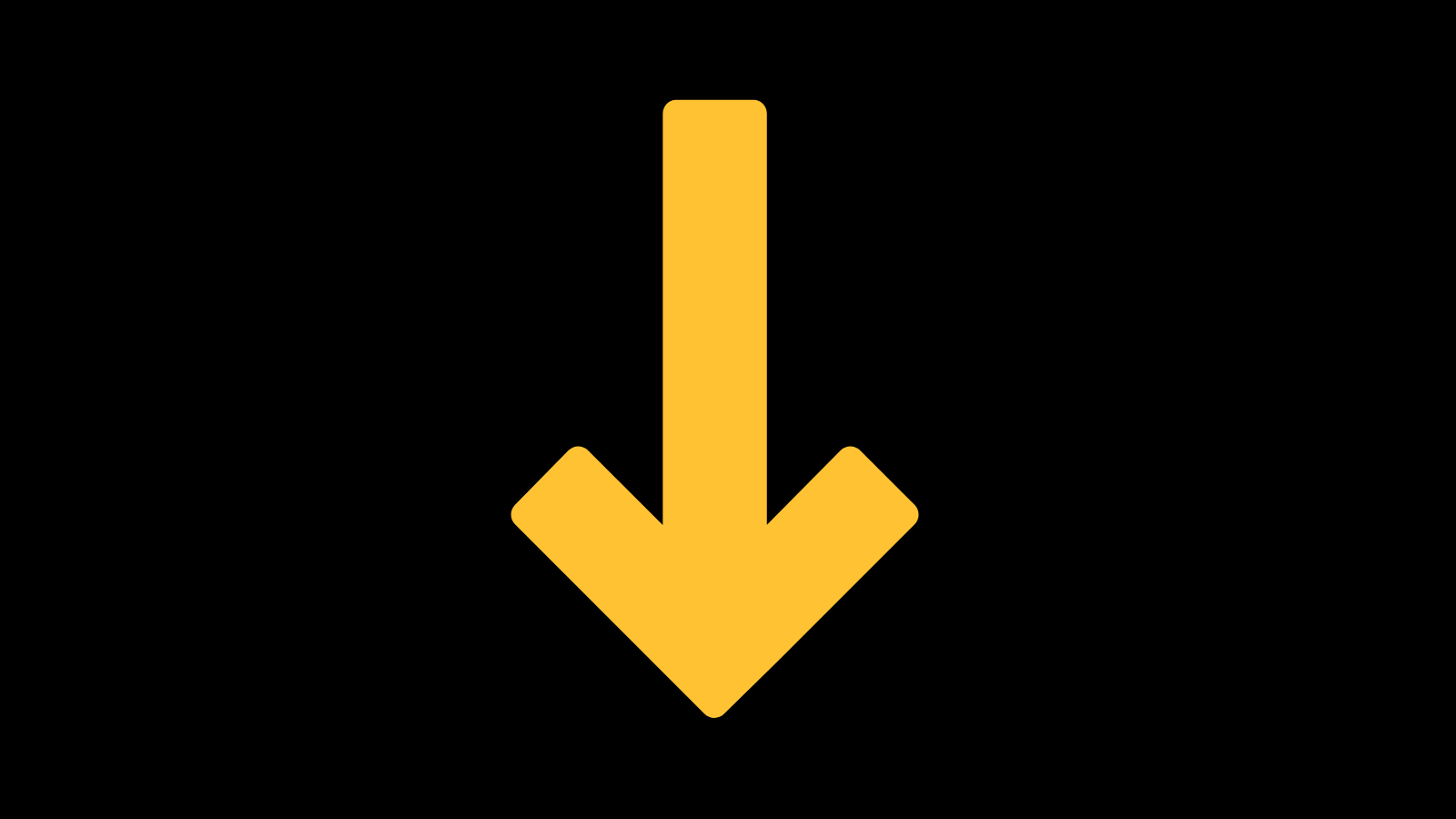
6. Economy Pricing
An economy pricing strategy involves setting prices low and gaining revenue based on the sales volume. It’s typically used for commodity goods, such as groceries or prescriptions. The pricing relies on selling a lot of products to new customers on a consistent basis.
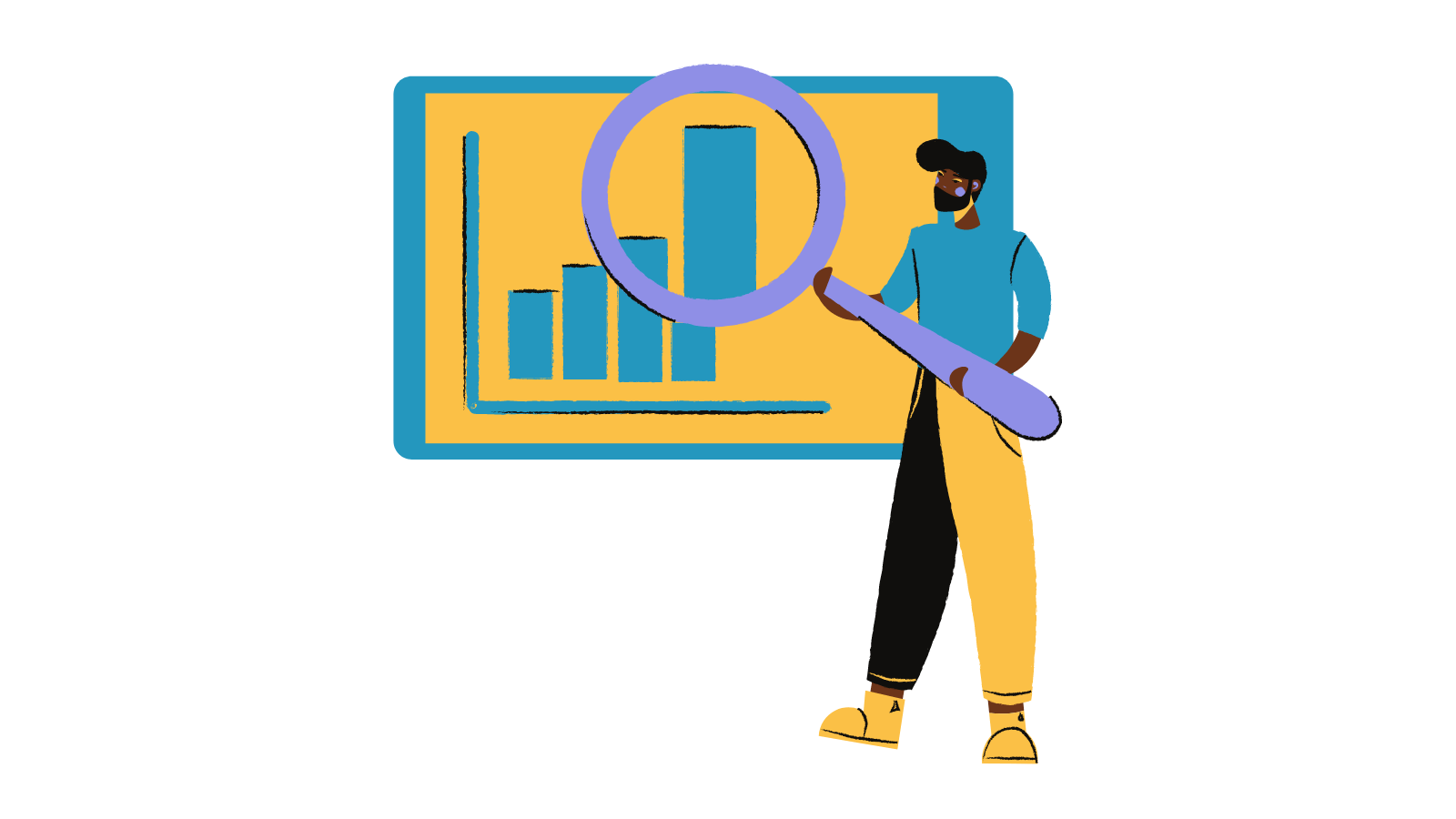
7. Dynamic Pricing
Dynamic pricing, also known as surge pricing, demand pricing, or time-based pricing is a pricing strategy where prices fluctuate based on customer demand. It’s often used by hotels, airlines, event venues, and utility companies.
![]()
8. Freemium Pricing
Freemium pricing involves offering a basic version of their product for free and hoping that users will pay to upgrade. This pricing strategy is often used by SaaS and other software companies. Free trials offer a taste of what the software can do for them and build trust with potential customers.

9. Premium Pricing
The premium pricing strategy, also known as prestige pricing and luxury pricing, is when companies set high prices so people associate their products with luxury. This pricing strategy is all about the perceived value of a product and has very little to do with production costs. Fashion and technology are examples of industries that use premium pricing.

10. Bundle Pricing
The bundle pricing strategy involves selling two or more products or services together for a single price. This can increase sales and get customers coming back for more.
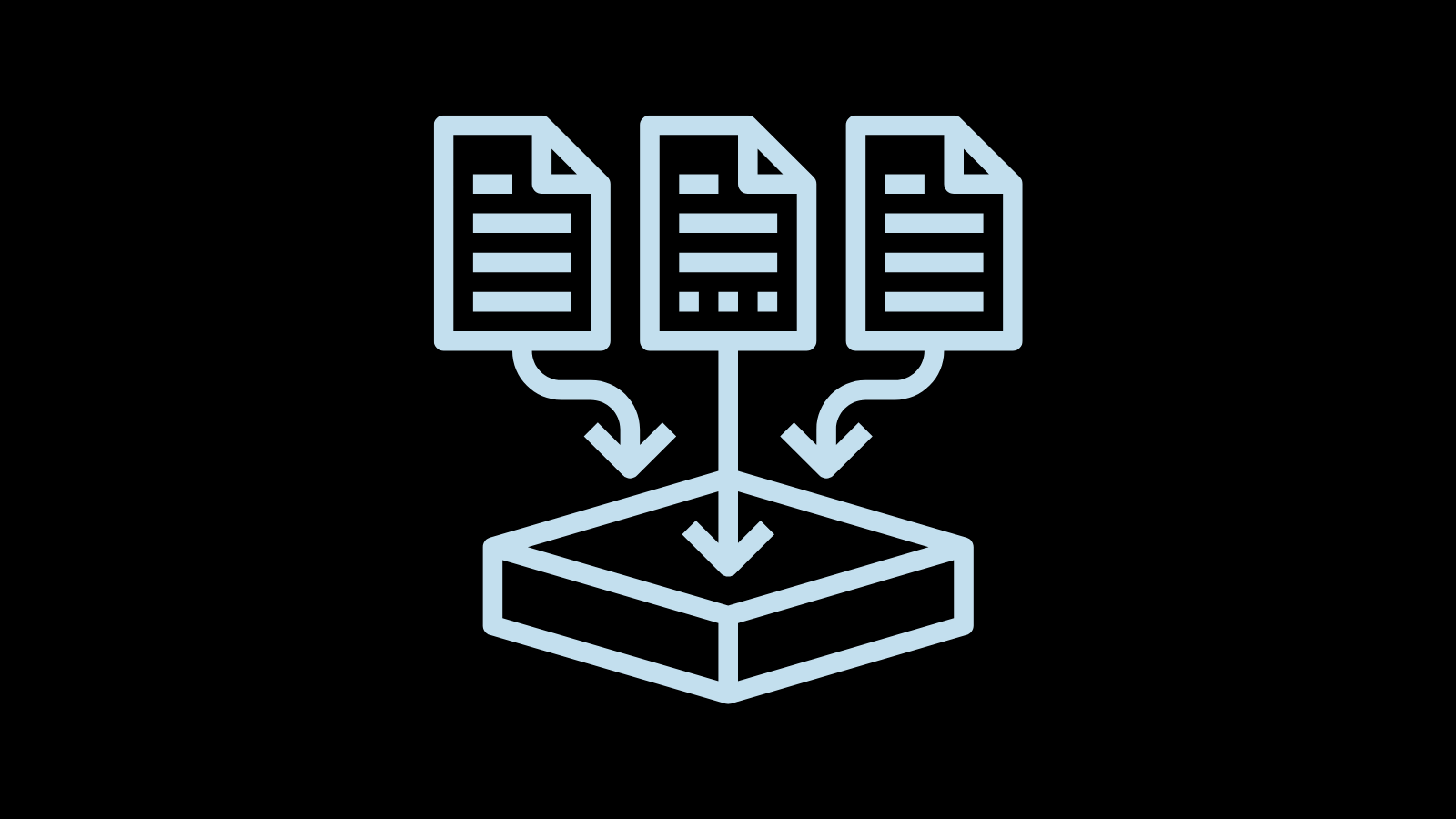
11. Psychological Pricing
Psychological pricing is setting prices based on how the human brain reacts to them. For example, $99.99 is basically the same as $100, but customers are more likely to see the former as a good deal. This is called the “9-digit effect.”
Another example of psychological pricing is placing a more expensive item directly next to the product you're most focused on selling. Similarly, "buy one, get one 50% off " deals convince customers to buy more because the deal is too good to pass up.

How to Choose a Product Pricing Strategy
Setting the right price for your products will depend on:
- The type of product you sell
- Your industry
- Your target audience
- What they are willing to pay
- What your competitors charge for similar products
Factors like market demand and market conditions mean your prices will likely change over time. Here are some ways to choose a good product pricing strategy.
Understand Costs
The first step in setting a product pricing strategy is adding up the production costs.
These could include:
- Cost of goods sold
- Production time
- Packaging
- Promotional materials
- Shipping
- Short-term costs like loan repayments
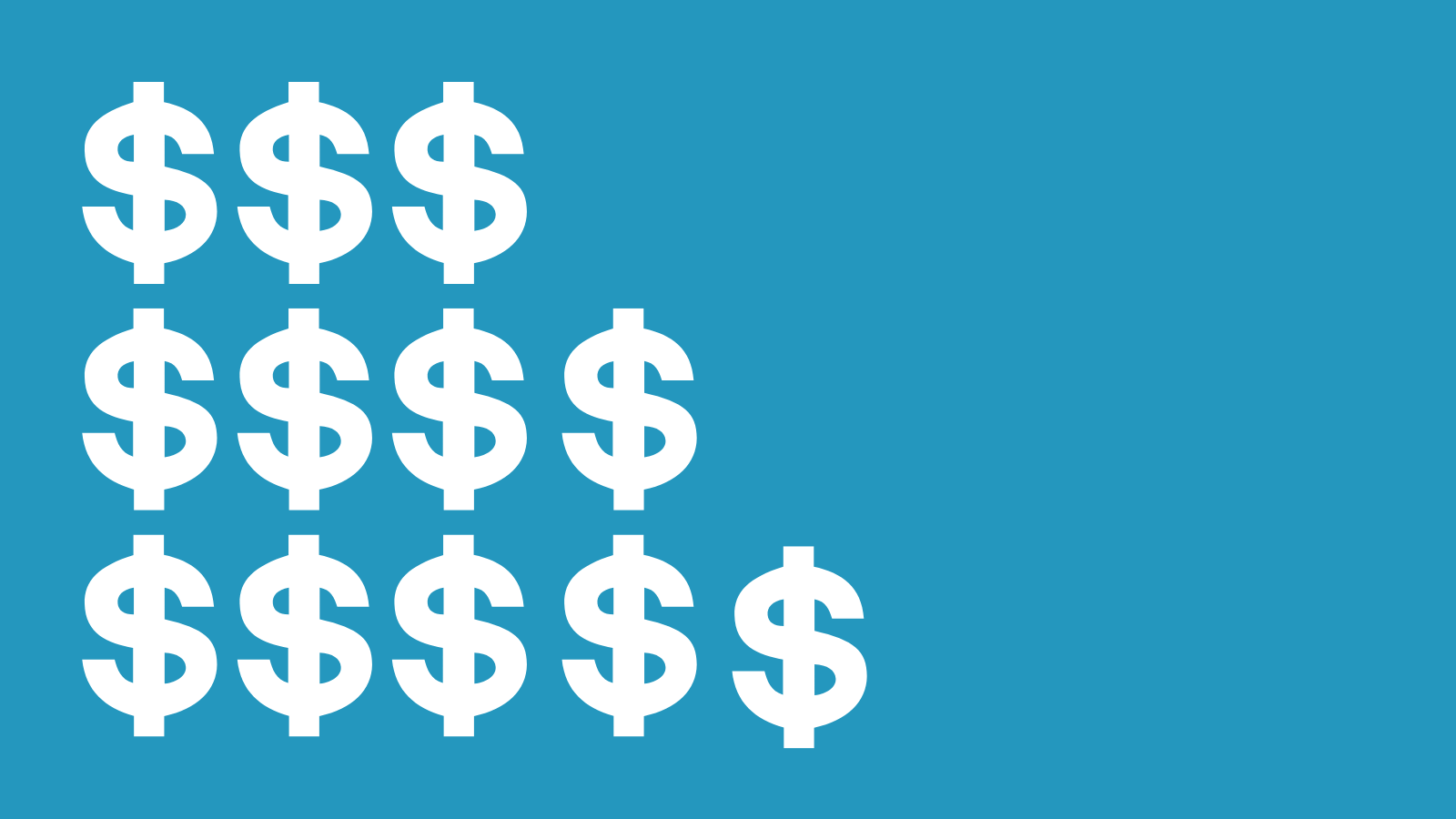
Evaluate Pricing Potential
- Geographical market specifics
- Operating costs
- Inventories
- Demand fluctuations
- Competitive advantages and concerns
- Demographic data
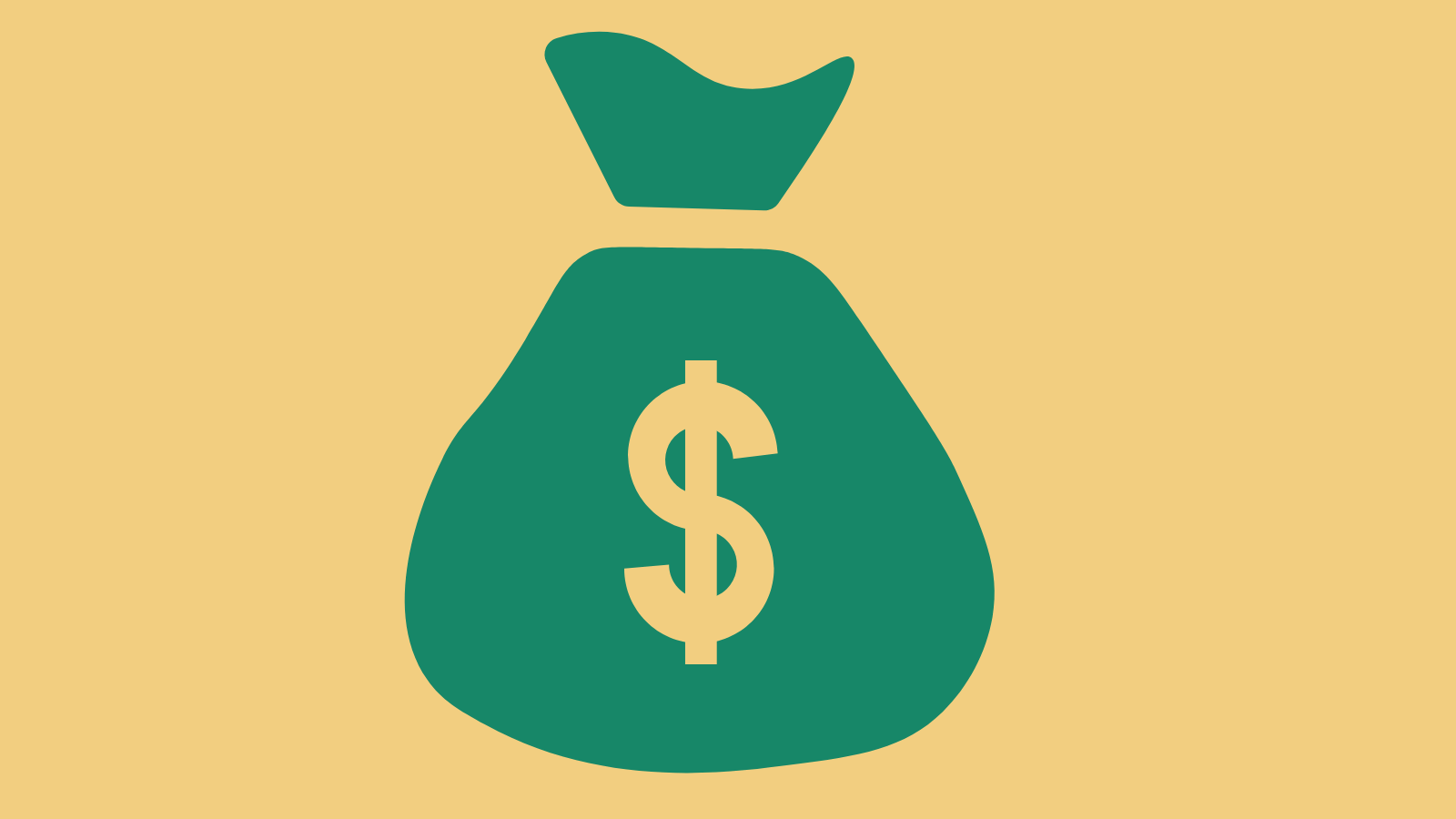
Define Your Commercial Objective
What is the goal for this product? Where does it fit into your overall business goals and marketing strategy? How does this product fit into how you want consumers to perceive your company? The answers to questions like these can help you define the commercial objective for the product. Keep it in mind when you set your retail price.

Know Your Customers
Price of a product should be consistent with your buyer personas. Particularly their
- Customer Lifetime Value
- Willingness to pay
- Pain points
Do some market research to determine these. It’s important to consider the disposable income your customers have. It wouldn’t make sense to set a premium price for a customer base that’s shopping on a budget.
![]()
Research Competitor Pricing
Do some research on how your competitors price their products and how those prices change over time. From there, you can get an idea of which pricing models are common in your industry and figure out how you can compete.
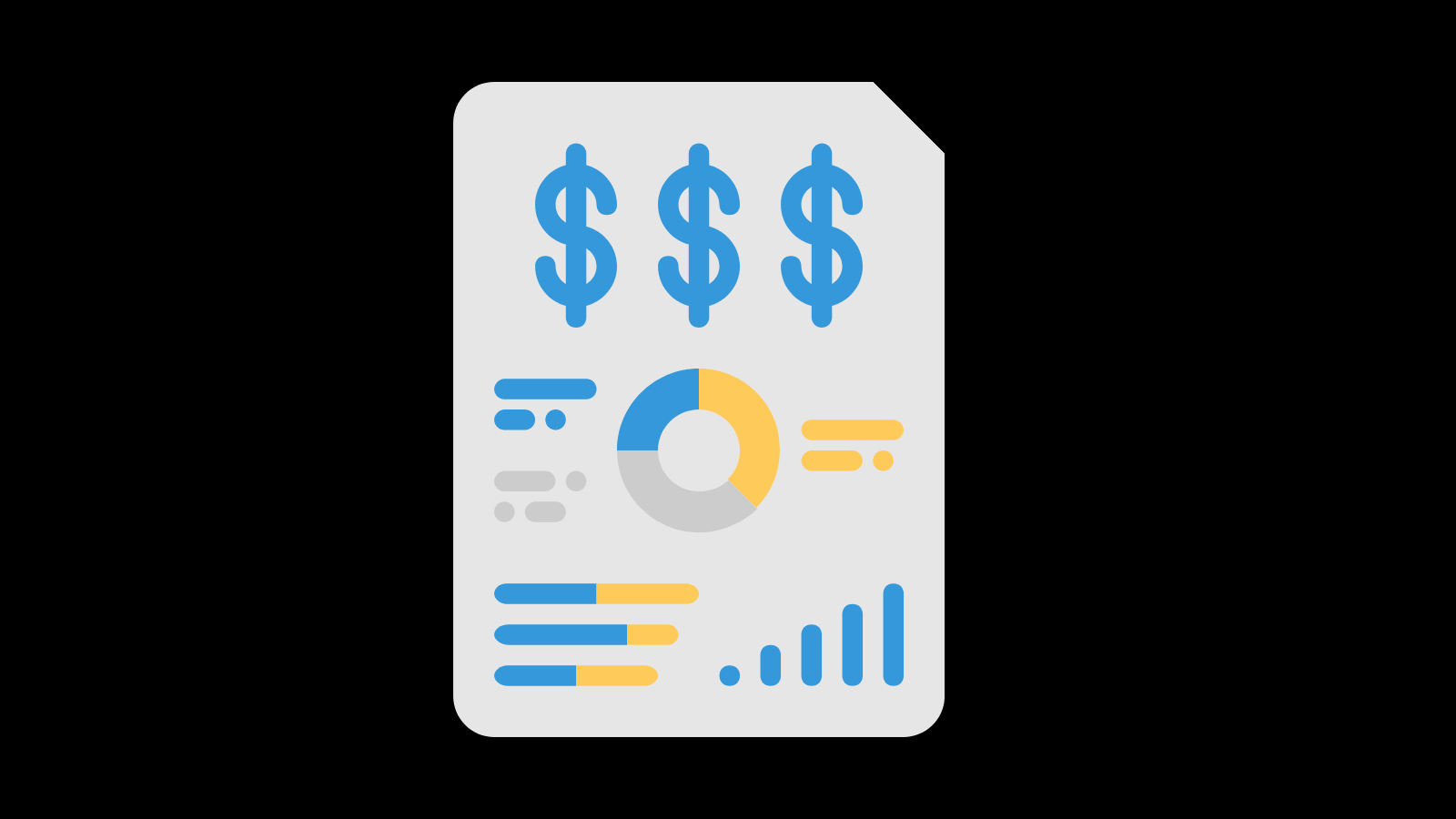
Find Your Value Proposition
To stand out amongst your competitors, you’ll want to find a product pricing strategy that reflects your values and what makes you genuinely different from your competitors. Using a different pricing strategy than the rest of your industry but works for your business could allow you to fill a gap in the market.

How Sav Can Help
No matter how you price your products, you need a beautiful, professional website to showcase them. Our affordable prices can help you lower costs for running your business. Get started today!
Newsletter
Popular
Top Articles
Recommended articles
How to Come up With Ecommerce Product Ideas
Whether you’re starting a new ecommerce business or expanding a pre-existing one, what products to sell online is an important decision....
Read moreHow to Create a Modeling Portfolio
What is a Modeling Portfolio? A modeling portfolio is a demonstration of your skills and talent you can show to potential employers and...
Read moreThe Best Side Hustles From Home to Try
Why Start a Side Hustle from Home? Earn Extra Money Being alive is expensive right now. Whether your financial goals are to pay off your...
Read more



